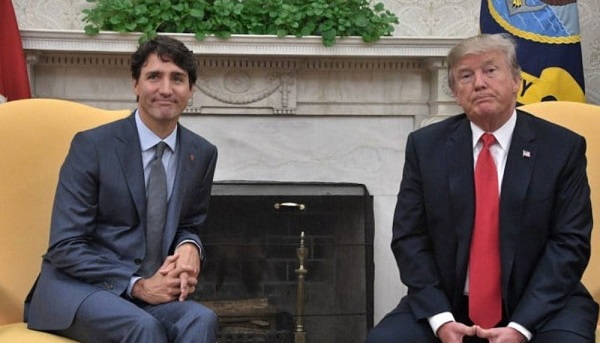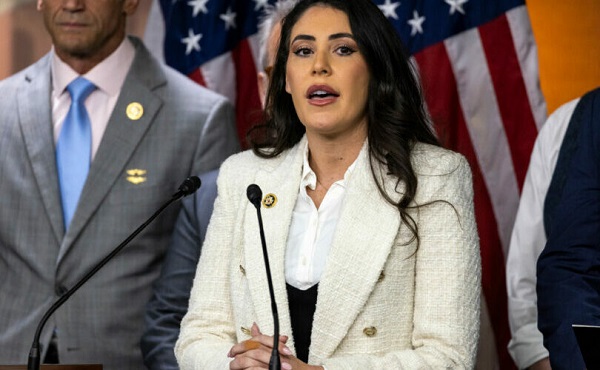Energy
Quebecers starting to understand the need for Canadian pipelines
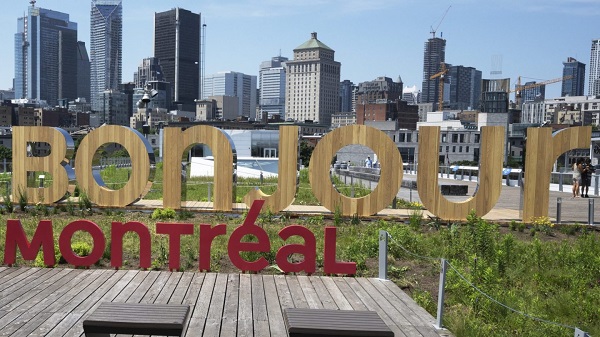
From the Canadian Energy Centre
Q&A with Gabriel Giguère, senior policy analyst with the Montreal Economic Institute
A new poll from Angus Reid shows significant support from people in Quebec for Canada to build sea-to-sea oil and gas pipelines.
Gabriel Giguère, a senior policy analyst with the Montreal Economic Institute, says it’s support like he has never seen before.
Here’s what he had to say.
CEC: Where does Quebec get its energy from?
Giguère: Quebec’s electricity comes from local hydroelectric power, while oil and gas primarily come from Canada and the United States. This is a major shift from 2005, when oil was sourced from Algeria, the UK, Norway, Mexico and Venezuela and only a small amount from Canada. Today, it’s almost entirely from Canada and the United States.
CEC: How would an oil pipeline from Alberta benefit the people of Quebec?
Giguère: It’s clear it will help Canadians diversify their trading partners. A pipeline will also create jobs, benefiting Quebec workers.
Quebec is a part of Canada, and unity is essential. The good news is we all seem to agree on that. According to the latest poll from Angus Reid, it’s unanimous. There is broad support for new pipelines to expand our trade relationships.
The United States has been a strong trading partner, but there is ongoing uncertainty that has made diversification essential. We all know that investors don’t like uncertainty. To achieve certainty, we need the right infrastructure to be able to diversify.
In Quebec, twice as many people support a new pipeline than oppose it. I don’t remember having data like that before.
This is a clear and significant shift, especially for the oil and gas sector, which is one of Canada’s most vital economic sectors. This is very good news.
CEC: What has changed that is making Quebecers more supportive of a project like this?
Giguère: I believe the tariff threat was the spark. People are now starting to understand that our trade relationship with the United States isn’t what it once was. It’s as simple as that.
We need to diversify our trading partners. The million-dollar question is: how? I don’t think It’s possible without a pipeline. I believe Quebecers are starting to understand that.
There is the pipeline, but I strongly believe that GNL Quebec [proposed LNG project in the Saguenay Region to transport Alberta natural gas to Europe] could have even stronger public support, as it offers a direct way to diversify our trading partners. This wouldn’t only benefit our European allies but would open doors to other countries also.
CEC: What do you see happening next?
Giguère: It will depend on political leadership in Quebec. When we are talking about pipelines here, the discussion always circles back to Energy East, which was scrapped because there was “no social acceptability.” Nobody can say that today.
It’s not possible to tell me there’s no social acceptability when you have twice as many people who want a pipeline than those who don’t. There is clearly social acceptability.
The real issue is heavy regulation, such as the Impact Assessment Act. To be clear, I’m not saying we should not have any environmental impact assessment, but we need to make sure that the current regulatory framework allows the construction of big energy infrastructure projects.
Political leaders need to recognize that diversifying our trading partners is their responsibility and requires facilitating the projects to make that possible.
Alberta
Open letter to Ottawa from Alberta strongly urging National Economic Corridor

Canada’s wealth is based on its success as a trading nation. Canada is blessed with immense resources spread across a vast country. It has succeeded as a small, open economy with an enviable standard of living that has been able to provide what the world needs.
Canada has been stuck in a situation where it cannot complete nation‑building projects like the Canadian Pacific Railway that was completed in 1885, or the Trans Canada Highway that was completed in the 1960s. With the uncertainty of U.S. tariffs looming over our country and province, Canada needs to take bold action to revitalize the productivity and competitiveness of its economy – going east to west and not always relying on north-south trade. There’s no better time than right now to politically de-risk these projects.
A lack of leadership from the federal government has led to the following:
- Inadequate federal funding for trade infrastructure.
- A lack of investment is stifling the infrastructure capacity we need to diversify our exports. This is despite federally commissioned reports like the 2022 report by the National Supply Chain Task Force indicating the investment need will be trillions over the next 50 years.
- Federal red tape, like the Impact Assessment Act.
- Burdensome regulation has added major costs and significant delays to projects, like the Roberts Bank Terminal 2 project, a proposed container facility at Vancouver, which spent more than a decade under federal review.
- Opaque funding programs, like the National Trade Corridors Fund (NTCF).
- Which offers a pattern of unclear criteria for decisions and lack of response. This program has not funded any provincial highway projects in Alberta, despite the many applications put forward by the Government of Alberta. In fact, we’ve gone nearly 3 years without decisions on some project applications.
- Ineffective policies that limit economic activity.
- Measures that pit environmental and economic objectives in stark opposition to one another instead of seeking innovative win-win solutions hinder Canada’s overall productivity and investment climate. One example is the moratorium on shipping crude through northern B.C. waters, which effectively ended Enbridge’s Northern Gateway proposal and has limited Alberta’s ability to ship its oil to Asian markets.
In a federal leadership vacuum, Alberta has worked to advance economic corridors across Canada. In April 2023, Alberta, Saskatchewan and Manitoba signed an agreement to collaborate on joint infrastructure networks meant to boost trade and economic growth across the Prairies. Alberta also signed a similar economic corridor agreement with the Northwest Territories in July 2024. Additionally, Alberta would like to see an agreement among all 7 western provinces and territories, and eventually the entire country, to collaborate on economic corridors.
Through our collaboration with neighbouring jurisdictions, we will spur the development of economic corridors by reducing regulatory delays and attracting investment. We recognize the importance of working with Indigenous communities on the development of major infrastructure projects, which will be key to our success in these endeavours.
However, provinces and territories cannot do this alone. The federal government must play its part to advance our country’s economic corridors that we need from coast to coast to coast to support our economic future. It is time for immediate action.
Alberta recommends the federal government take the following steps to strengthen Canada’s economic corridors and supply chains by:
- Creating an Economic Corridor Agency to identify and maintain economic corridors across provincial boundaries, with meaningful consultation with both Indigenous groups and industry.
- Increasing federal funding for trade-enabling infrastructure, such as roads, rail, ports, in-land ports, airports and more.
- Streamlining regulations regarding trade-related infrastructure and interprovincial trade, especially within economic corridors. This would include repealing or amending the Impact Assessment Act and other legislation to remove the uncertainty and ensure regulatory provisions are proportionate to the specific risk of the project.
- Adjusting the policy levers that that support productivity and competitiveness. This would include revisiting how the federal government supports airports, especially in the less-populated regions of Canada.
To move forward expeditiously on the items above, I propose the establishment of a federal/provincial/territorial working group. This working group would be tasked with creating a common position on addressing the economic threats facing Canada, and the need for mitigating trade and trade-enabling infrastructure. The group should identify appropriate governance to ensure these items are presented in a timely fashion by relative priority and urgency.
Alberta will continue to be proactive and tackle trade issues within its own jurisdiction. From collaborative memorandums of understanding with the Prairies and the North, to reducing interprovincial trade barriers, to fostering innovative partnerships with Indigenous groups, Alberta is working within its jurisdiction, much like its provincial and territorial colleagues.
We ask the federal government to join us in a new approach to infrastructure development that ensures Canada is productive and competitive for generations to come and generates the wealth that ensures our quality of life is second to none.
-
Devin Dreeshen
Devin Dreeshen was sworn in as Minister of Transportation and Economic Corridors on October 24, 2022.
Business
New climate plan simply hides the costs to Canadians

From the Fraser Institute
Mark Carney, who wants to be your next prime minister, recently released his plan for Canada’s climate policies through 2035. It’s a sprawling plan (climate plans always are), encompassing industrial and manufacturing emissions, vehicle emissions, building emissions, appliance emissions, cross-border emissions, more “green” energy, more “heat pumps” replacing HVAC, more electric vehicle (EV) subsidies, more subsidies to consumers, more subsidies to companies, and more charging stations for the EV revolution that does not seem to be happening. And while the plan seeks to eliminate the “consumer carbon tax” on “fuels, such as gasoline, natural gas, diesel, home heating oil, etc.” it’s basically Trudeau’s climate plans on steroids.
Consider this. Instead of paying the “consumer carbon tax” directly, under the Carney plan Canadians will pay more—but less visibly. The plan would “tighten” (i.e. raise) the carbon tax on “large industrial emitters” (you know, the people who make the stuff you buy) who will undoubtedly pass some or all of that cost to consumers. Second, the plan wants to force those same large emitters to somehow fund subsidy programs for consumer purchases to offset the losses to Canadians currently profiting from consumer carbon tax rebates. No doubt the costs of those subsidy programs will also be folded into the costs of the products that flow from Canada’s “large industrial emitters,” but the cause of rising prices will be less visible to the general public. And the plan wants more consumer home energy audits and retrofit programs, some of the most notoriously wasteful climate policies ever developed.
But the ironic icing on this plan’s climate cake is the desire to implement tariffs (excuse me, a “carbon border adjustment mechanism”) on U.S. products in association with “key stakeholders and international partners to ensure fairness for Canadian industries.” Yes, you read that right, the plan seeks to kick off a carbon-emission tariff war with the United States, not only for Canada’s trade, but to bring in European allies to pile on. And this, all while posturing in high dudgeon over Donald Trump’s plans to impose tariffs on Canadian products based on perceived injustices in the U.S./Canada trade relationship.
To recap, while grudgingly admitting that the “consumer carbon tax” is wildly unpopular, poorly designed and easily dispensable in Canada’s greenhouse gas reduction efforts, the Carney plan intends to double down on all of the economically damaging climate policies of the last 10 years.
But that doubling down will be more out of sight and out of mind to Canadians. Instead of directly seeing how they pay for Canada’s climate crusade, Canadians will see prices rise for goods and services as government stamps climate mandates on Canada’s largest manufacturers and producers, and those costs trickle down onto consumer pocketbooks.
In this regard, the plan is truly old school—historically, governments and bureaucrats preferred to hide their taxes inside of obscure regulations and programs invisible to the public. Canadians will also see prices rise as tariffs imposed on imported American goods (and potentially services) force American businesses to raise prices on goods that Canadians purchase.
The Carney climate plan is a return to the hidden European-style technocratic/bureaucratic/administrative mindset that has led Canada’s economy into record underperformance. Hopefully, whether Carney becomes our next prime minister or not, this plan becomes another dead letter pack of political promises.
-

 National2 days ago
National2 days agoExplosive New RCMP Transcript Renews Spotlight on Trudeau, Butts, Telford—Powers Behind Mark Carney’s Leadership Bid
-
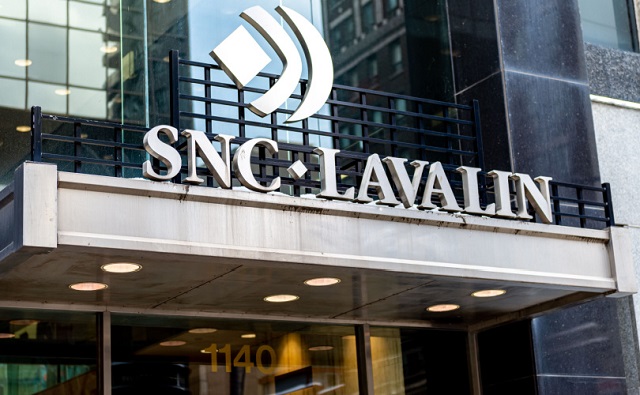
 National2 days ago
National2 days agoDemocracy Watch Applies for Private Prosecution of Trudeau in SNC Scandal
-
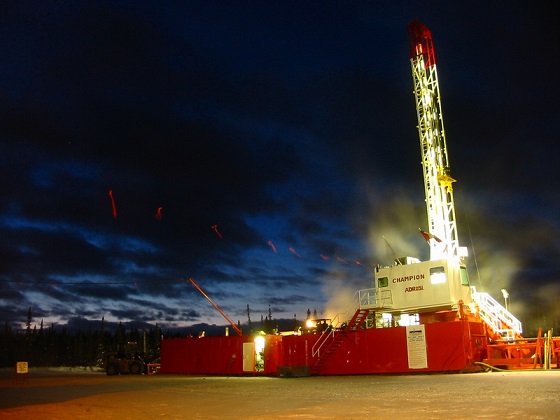
 Energy2 days ago
Energy2 days agoUnlocking Canada’s energy potential
-
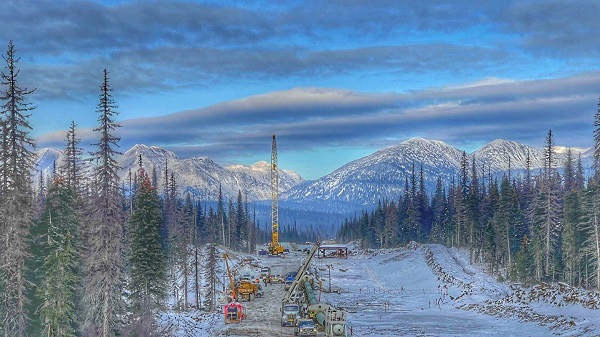
 Alberta2 days ago
Alberta2 days agoU.S. tariffs or not, Canada needs to build new oil and gas pipeline space fast
-
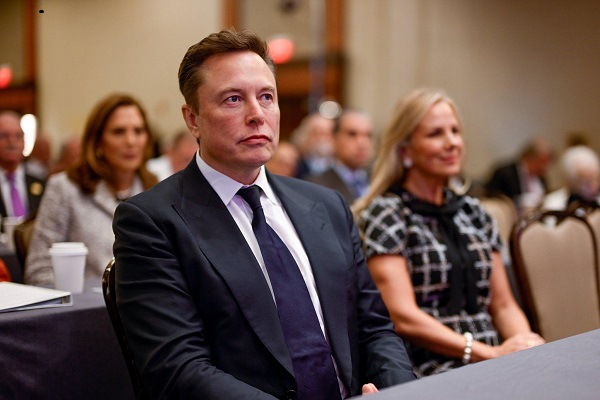
 Business2 days ago
Business2 days agoElon Musk to consult President Trump on potential ‘DOGE dividend’ tax refunds
-
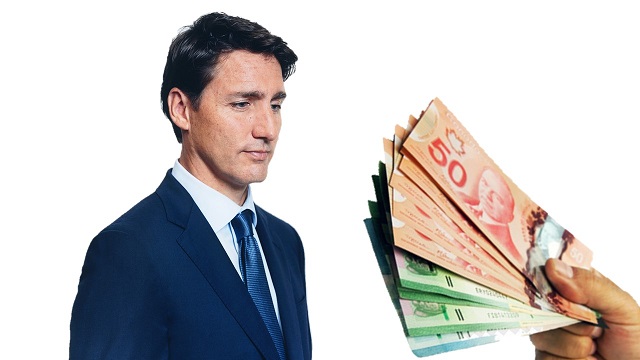
 Business2 days ago
Business2 days agoLame duck prime minister shouldn’t announce taxpayer train boondoggle
-
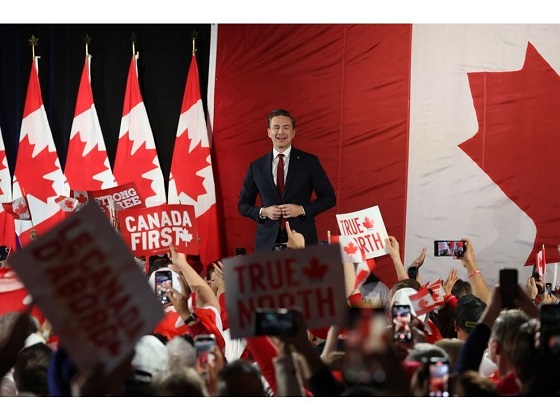
 Bruce Dowbiggin1 day ago
Bruce Dowbiggin1 day agoWith Carney On Horizon This Is No Time For Poilievre To Soften His Message
-
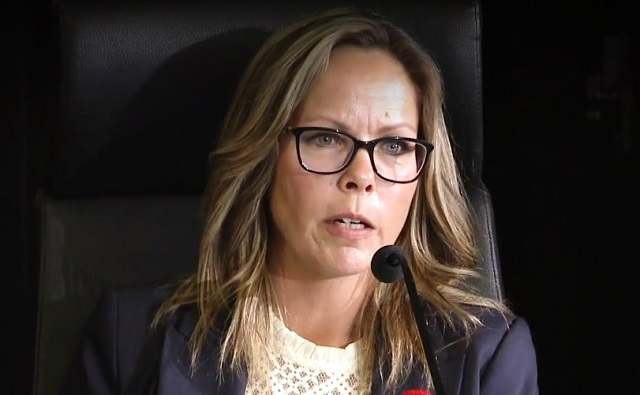
 COVID-192 days ago
COVID-192 days agoFreedom Convoy leader says Trudeau gov’t has spent $5 million prosecuting her, fellow protester






